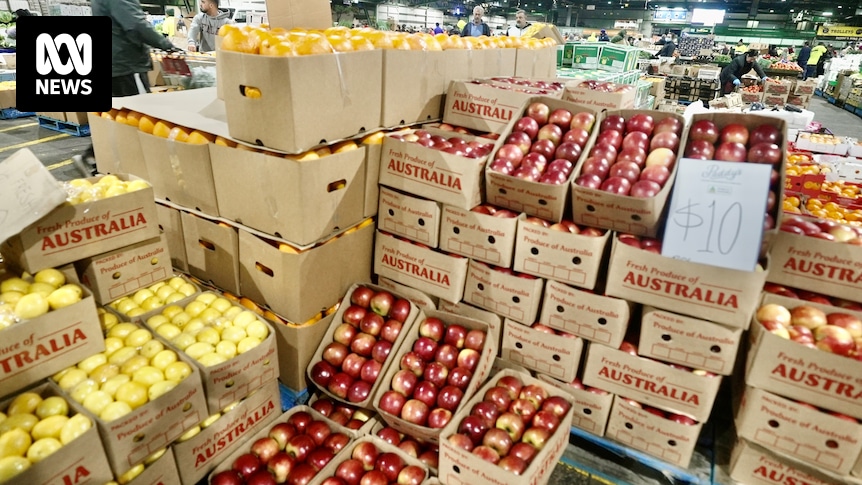In short: Families are making significant savings on their grocery bills by forming small shopping co-ops.
Cooperative business structures account for less than 1 per cent of the supermarket sector in Australia.
What’s next? The peak body for co-ops is calling for more government support for the business model.



This is the best summary I could come up with:
Vendor Frankie Schipirra, whose family has been in the fruit and vegetable business for decades, said he’s seen an influx of small informal co-ops at Paddy’s Markets due to cost-of-living pressures over the last six to 12 months.
While Mr Blythe’s co-operative is informal, some have set up as profit-sharing enterprises or non-profit organisations offering membership to the public.
Ms Morrison said these cooperative structures allowed people to pool their purchasing power in the face of cost-of-living pressures.
Ms Morrison adds that the purpose of a co-op is to deliver benefits back to members, rather than profit maximisation and returns to investors.
In Australia, cooperatives exist across a broad range of industries including banking, insurance, agriculture, motoring and retail.
Professor Foster says although co-ops can exert some price pressure, they won’t be able to seriously challenge Coles or Woolworths given the market share, convenience and range of products the major supermarkets have.
The original article contains 1,040 words, the summary contains 152 words. Saved 85%. I’m a bot and I’m open source!